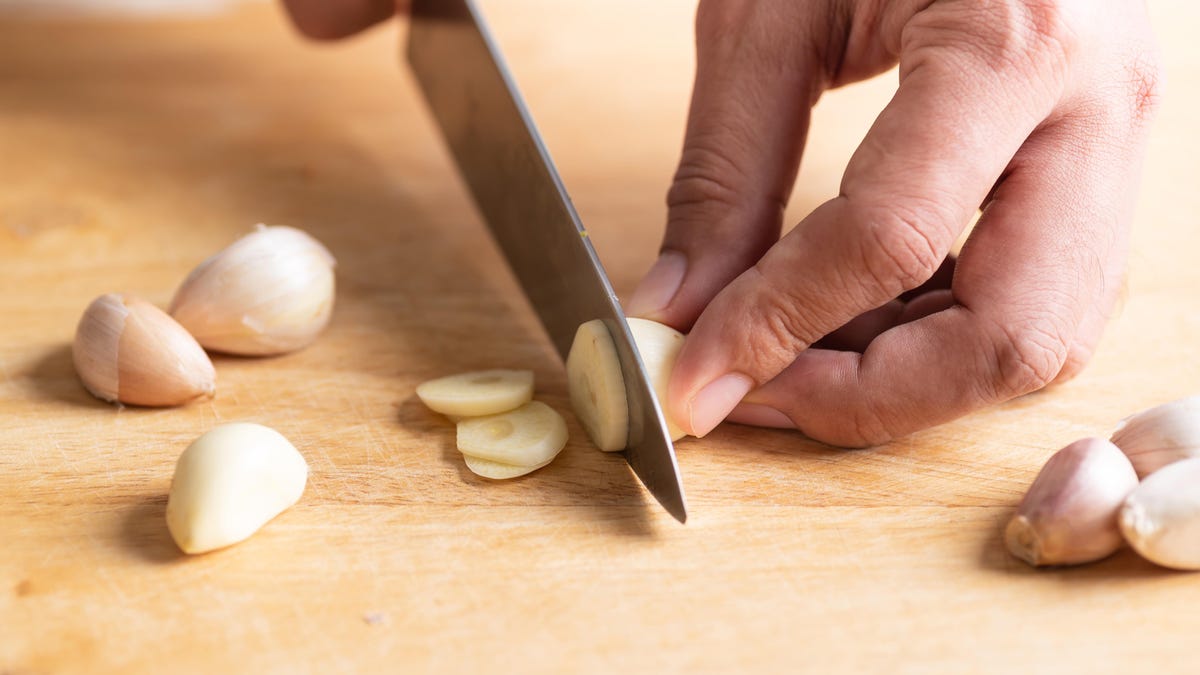How to Revive Dead Soil
When I moved into my home, the front yard was gray and lifeless. The previous owners, in lieu of landscaping, had put a layer of rocks over the entire front yard, which meant that the soil beneath was devoid...


Photo: SChompoongam (Shutterstock)
When I moved into my home, the front yard was gray and lifeless. The previous owners, in lieu of landscaping, had put a layer of rocks over the entire front yard, which meant that the soil beneath was devoid of all life. But over the years I managed to revive it, turning what was once gray and dead into a habitat capable of sustaining trees and plants. Reviving dead soil can take a little while, but there are a few guiding principles that can help.
Make sure your soil has the right moisture
One important aspect of revitalizing poor soil is making sure that it has the right amount of moisture. Soil that is too wet leads to rot, while soil that is too dry will cause plants to die. As eHow suggests, the way to test your soil’s moisture is to dig a hole about six to eight inches deep, gather up soil from the middle, and squeeze it into a ball. If the ball easily crumbles or won’t come together to form a ball, it’s too dry. If the soil sticks to your fingers when you touch it, then it’s too wet.
When it comes to fixing the moisture levels in your soil, the answer to both of these issues is adding more organic material, which can be in the form of mulch, grass clippings, plant debris, shredded leaves, or manure.
As Joe Gardener writes, “Organic matter is the single most important ingredient to improving any soil. It can make heavy clay soil drain better, easier to dig, and not so hard or sticky. It can also help sandy soil hold together better and retain more moisture and nutrients.”
G/O Media may get a commission

Up to 50% off
Crocs Labor Day Sale
Cool kid clogs
Take up to 50% off and grab a classic clog, stock up on Jibbitz, or buy your kid their new favorite playground shoe.
Use the promo code LABORDAY
Get your soil tested
Getting your soil tested is a good way to develop a plan for your garden. Depending on your soil’s pH level and the type of plants you’re trying to grow, you may need to add in some extra nutrients and soil amendments to give your them what they need to thrive.
Although you can test your soil anytime, it’s helpful to do so a few months before you start planting, as that will give you enough time to prepare for the growing season. Depending on the state of your soil you may need to test annually in the beginning, but once it’s more established, every couple of years should be fine. For soil testing, it helps to reach out to your local agricultural extension office, as they can often offer high-quality testing for cheap or free.
Keep adding organic matter
Revitalizing soil isn’t a one-and-done deal where you test the soil, add in a bunch of organic material, and then forget all about it. It’s a process where you’ll need to regularly add in more organic material and nutrients over time, until it reaches a point where it’s able to support a healthy ecosystem on its own.
As Joe Gardener suggests, there are a number of ways to periodically add in organic matter throughout the year, which includes strategies like adding in grass clippings from mowing your lawn, shredded leaves during the fall leaf drop, or periodic applications of manure, compost, or fertilizer during the year.

 BigThink
BigThink 































